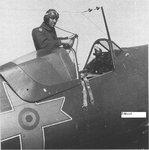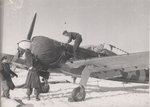Enjoy ! ( Quality is slightly better if you select 480p )
View: https://www.youtube.com/watch?v=oMIhjV2ooQY
View: https://www.youtube.com/watch?v=oMIhjV2ooQY
Follow along with the video below to see how to install our site as a web app on your home screen.
Note: This feature may not be available in some browsers.
Ad: This forum contains affiliate links to products on Amazon and eBay. More information in Terms and rules



























